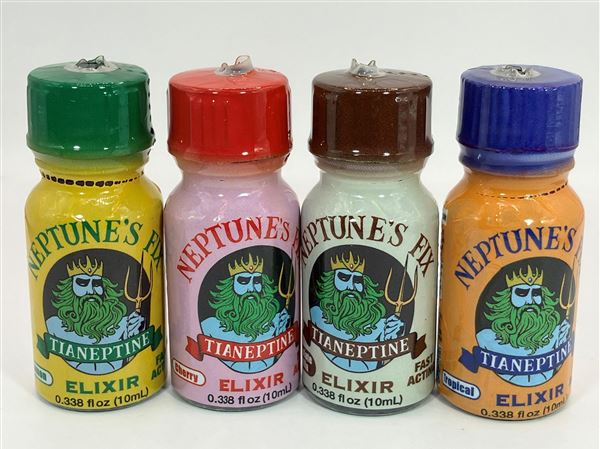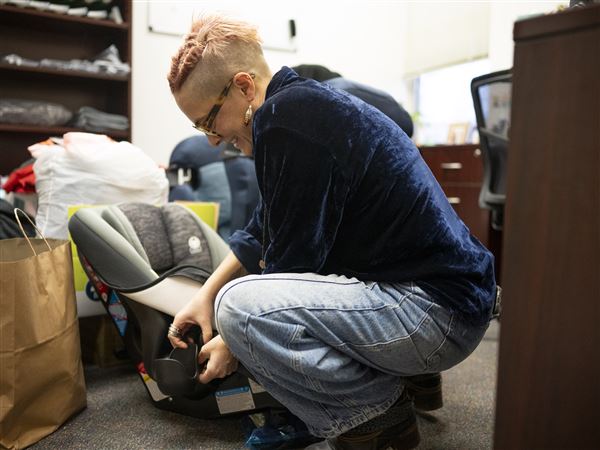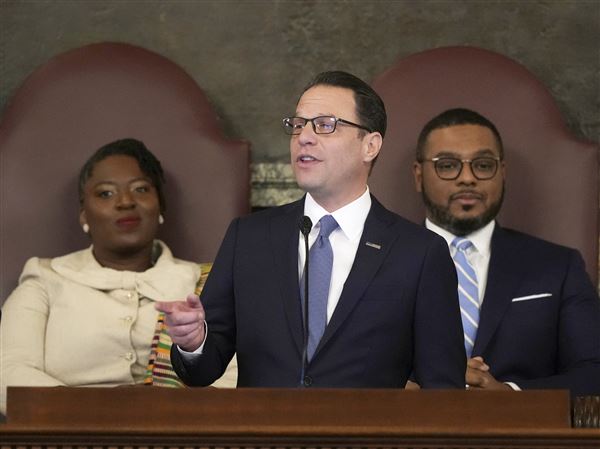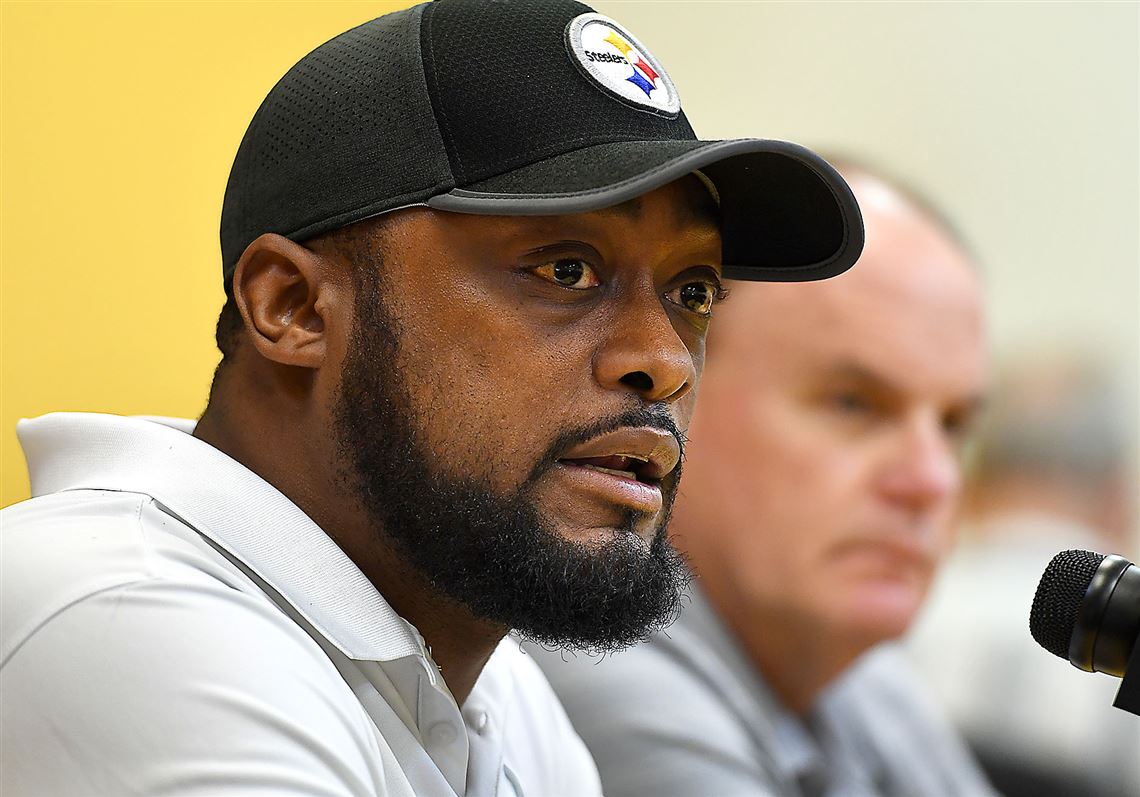The spread offense has changed college football forever.
It has also changed the NFL, though that evolution has been more subtle and slower to develop.
It is a little easier now for NFL general managers and coaches to evaluate prospects who play in a spread offense than it was 10 or 11 years ago when the offense was just starting to become popular.
It is still an inexact science, and even veterans such as Mike Tomlin and Kevin Colbert said it can be a challenge to figure out where spread players fit. But their willingness to change and adapt over the years has been a quiet secret to their success.
Often when the spread offensive discussion comes up, people point out the quarterbacks, but Tomlin pointed specifically to defensive ends and pass rushers Monday during the Steelers pre-draft media availability as a great example of how things have changed.
“There just aren’t those traditional 6-foot-6, 300 pound defensive ends any more because of the spread,” Tomlin said. “Even with the teams that play a 4-3 defense, it has changed, and so we have had to evolve as the game has evolved.”
Tomlin said even though there is still some resistance to the idea that the spread has changed the NFL, the reality is it has. And that’s because most of the players — on offense and defense — coming out of college have been trained and used in a different way.
“I think our game is continually evolving,” Tomlin said. “A lot of what we do is figuring out what these players are capable of doing and then our evaluation is directly related to how we are utilize them. We are all are changing, and I’m always open changing.
“From an evaluation, we just look at what they do on tape and not try to forecast in the evaluation process.”
Colbert made it clear that one mistake some people make in evaluating spread offense players is assuming they aren’t capable of doing things in a more traditional system.
“Just because a guy isn’t a traditional drop-back quarterback in college, it doesn’t mean he can’t be in the NFL,” Colbert said.
The evolution of the game in college has changed the thinking about certain positions, as well.
Tomlin pointed out that tight ends now range from the traditional, big strong blockers to the oversized wide receivers who are capable of splitting out and running deeper routes.
He said there are now more cornerbacks who play almost like safeties and more safeties who play almost like hybrid linebackers.
“There are different varying animals in today’s football drafts,” Tomlin said. “You see the corresponding hybrid animals now on both sides of the ball. That’s part of today’s football as we get an opportunity to see dynamic players that fit that description.”
This will be the 11th draft Tomlin and Colbert have worked together, and the biggest difference between 2007 and now is probably the spread.
Both Tomlin and Colbert believe they have developed a good process for making sure they are prepared for just about any situation that arises. And while the technology has made it a little easier to prepare, things still come down to evaluation of players and how they will fare in the NFL. That’s why Tomlin laughed when someone brought up the idea of analytics and how it has changed their preparation.
“If someone can come up with a way to measure will and heart, they will be on the cutting edge,” Tomlin said.
Stability in leadership is a good thing, but it is only possible if the leaders are willing to adapt and evolve. Tomlin and Colbert have done that; as a result, they have had a lot more success in recent drafts than a lot of teams.
“We both want the same things and have a lot of the same ideas, and that helps a lot,” Colbert said.
Paul Zeise: pzeise@post-gazette.com
First Published: April 24, 2017, 6:40 p.m.





















